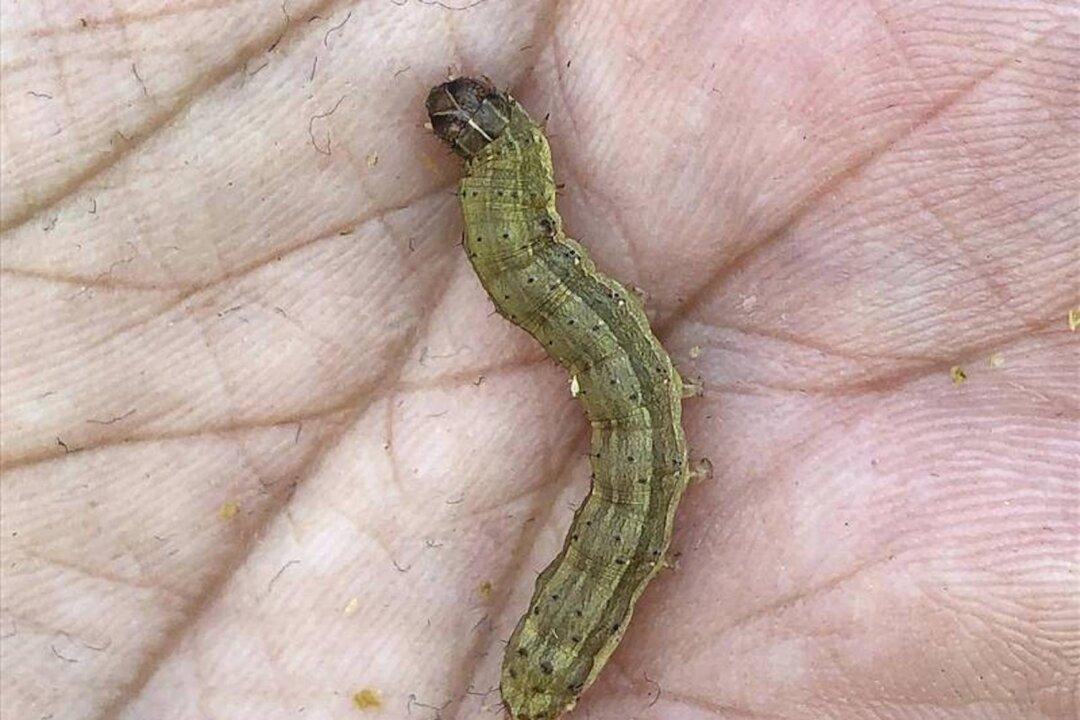The New South Wales (NSW) government is investing a record $163.9 million (US$116.7 million) into technologies to tackle biosecurity threats as part of its State Budget, due to be delivered on June 21.
Treasurer Matt Kean said on Friday that with a global increase in the volume, complexity and severity of biosecurity outbreaks, early intervention, as well as investment in new techniques and technologies, is essential.





